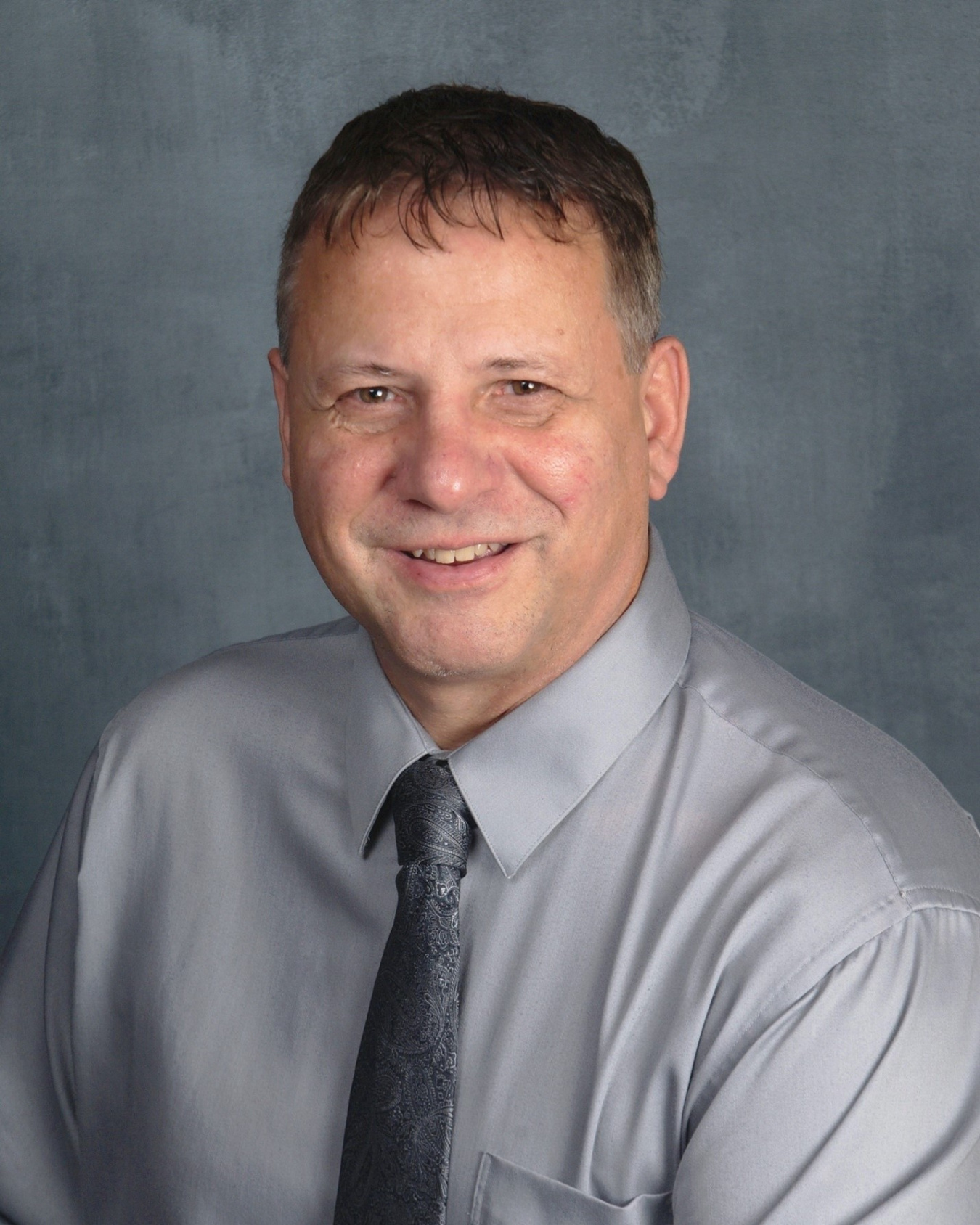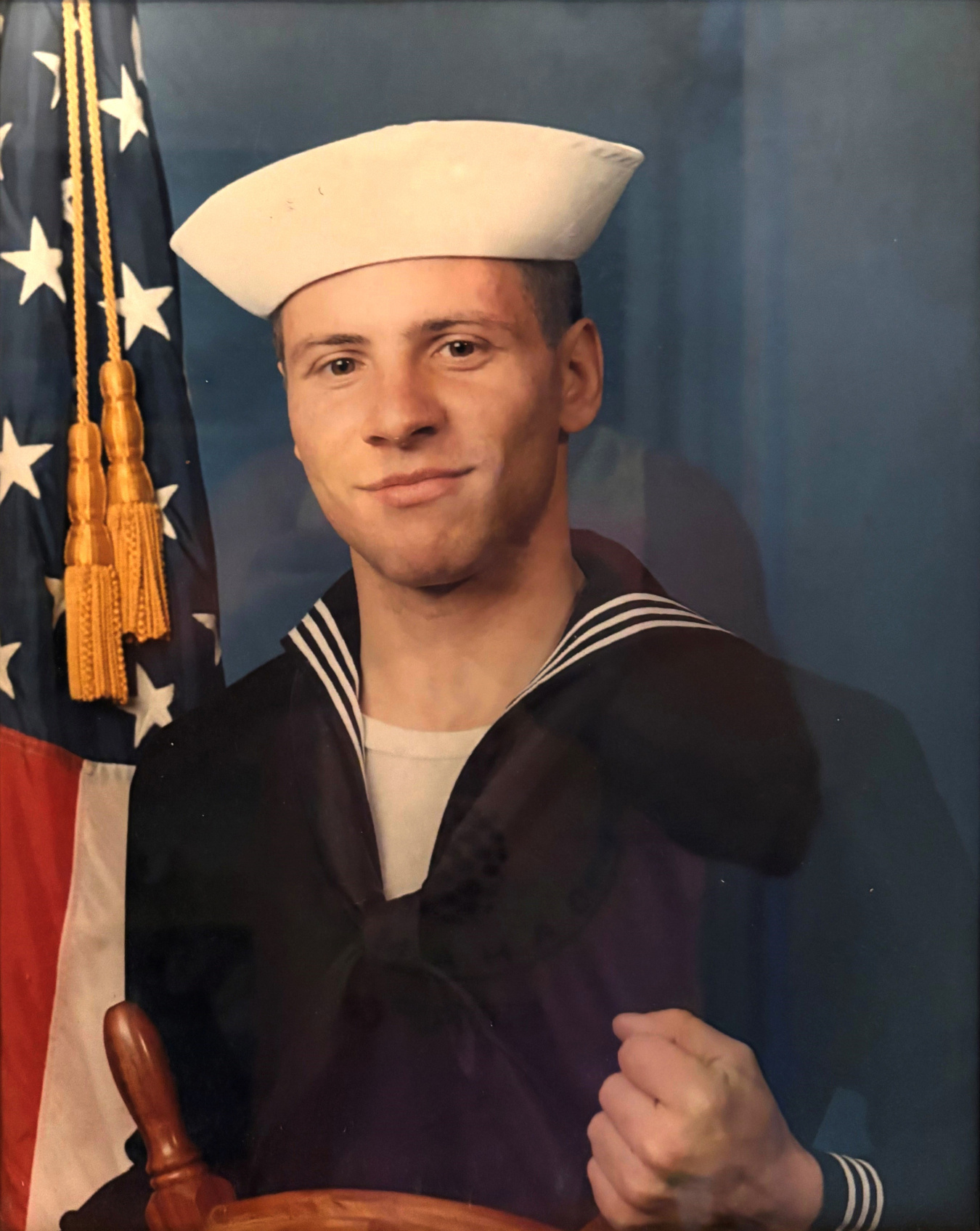To celebrate Veterans Day, EM highlights former service members who have joined EM on their journey in civilian work-life.

Name, and what do you do at EM?
David Bruce Weyant, physical scientist/health physicist, EM-Headquarters (EM-HQ) Subsurface Closure, Office of Regulatory and Policy Affairs.
I am the lead for arranging and participating in meetings at various conferences to maintain awareness of alternative end states to accelerate closure.
As a senior technical monitor, I work closely with the EM Office of Subsurface Closure staff, as well as EM's Office of Technology Development and site liaisons to provide technical recommendations.
I lead technical reviews of regulatory and technological proposals. I also represent EM headquarters in technical discussions and write papers on the merits or challenges associated with such proposals with the goal of optimizing relevant activities to further the EM mission.
Occasionally, I have the opportunity to mentor junior staff and interns.
I am a Performance & Risk Assessment Community of Practice permanent chair member, a Network of National Laboratories for Environmental Management and Stewardship Artificial Intelligence (AI) Roadmap Steering Committee member and EM Office of Subsurface Closure AI representative, as well as the health physics and soil and groundwater subject matter expert.

David Weyant, Boot Camp, Naval Station Great Lakes, May 1986.
Tell us about your military journey — branch, years served and duty stations:
U.S. Navy Active, March 1986-March 1992: USS Theodore Roosevelt (CVN-71) electronics technician/nuclear reactor operator
- Persian Gulf War 1991 (Operation Desert Shield, Desert Storm, Provide Comfort)
U.S. Navy Reserves, April 1992-February 2016, Gain Commands:
- Naval Operational Support Center (NOSC) Pittsburgh, Pennsylvania for gain command Commander Naval Surface Group Mediterranean (Naples Italy), electronics technician, 1992-2005
-Kosovo War (Operation Allied Forces under NATO) 1998 & 1999 deployed to Naples, Italy during annual training to
support war efforts
-Operation Enduring Freedom (following 911 attacks) 2001-2005 deployed to Naples, Italy during annual training
and special orders to support war efforts
- Naval Operational Support Center (NOSC) Pensacola, Florida for gain command DESRON 8 Destroyer Squadron (South America) 2005-2008
-Panama Canal Exercise (18 countries) onboard USS Carney (DDG-64) 2006
- Naval Operational Support Center (NOSC) Bronx, New York for gain command Surge Maintenance (SurgeMain) 2008-2012 as a senior enlisted advisor for standing up unit and supporting submarine repairs and maintenance worldwide
U.S. Navy Active (Mobilization) electronics technician/radiation protection subject matter expert 7th Fleet for:
- Fukushima Daiichi, Yokosuka Japan 2011-2012 (Operation Tomodachi) supporting radiological controls of impacted ships
- USS Blueridge (LCC-19) Fukushima Daiichi 1st Responder, March 2011-April 2011
Retired, February 2016

Most memorable event/moment during your service?
Coming home after the Persian Gulf War in June 1991 and meeting my family and especially my 2-year-old daughter on the pier at Norfolk Naval Station, Virginia.
How has your military service helped prepare you for the job you do in EM?
My technical background in electronics and nuclear operations has aided my understanding of technical aspects of instrumentation and nuclear systems. The leadership skills I gained during my active and reserve time have helped me climb the ladder in civilian and civil service jobs that ultimately led to my hire with DOE EM. I have “learned to learn” and understand the importance of developing junior staff to take the watch.
When did you begin working for EM and what got you interested in the cleanup mission?
I started working for the DOE EM Office of Subsurface Closure in April 2024. Previously, I worked for the U.S. Navy NAVSEA 04 (RASO) from January 2013 through April 2024 as a health physicist. Since most of my experience dealt with remediation of contaminated soils (DoD, DOE, private sector), nuclear power plant radiation technician, Fukushima Daichi 1st Responder, Naval Nuclear Power Program, and post-graduate studies in environmental and nuclear engineering, I felt I had a lot to contribute to DOE’s cleanup mission.


